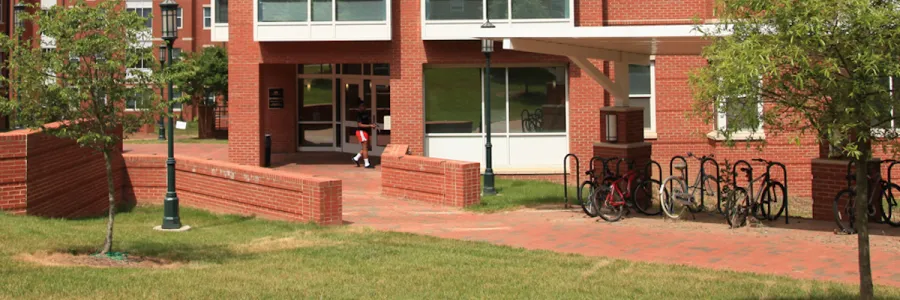University Police and Public Safety offer the following actions and behaviors which you should make part of your routine to keep safe. Remember to practice these tips in any parking lot where you're leaving your car, but don't neglect them on campus. View the map of all Blue Light locations on campus. Check for those closest to the lots where you park.
- Park in high-traffic, well-lighted areas.
- Avoid parking near trucks, vans, dumpsters, and other objects that obstruct visibility and provide hiding places.
- Avoid parking near strangers loitering or sitting in vehicles.
- Immediately report suspicious persons, especially if they are nervous in appearance, pulling vehicle door handles, looking in windows or bumping into vehicles (checking for alarms).
- Immediately report suspicious activities or sounds, such as the sound of breaking glass, a car alarm, or a vehicle without lights at night that is cruising slowly, aimlessly, or repetitively.
- Always roll up your car windows and lock your doors.
- Remove and secure all valuables from your vehicle even loose change can be tempting for thieves.
- Place valuables inside your trunk, secure them at your home, or take them with you. Never leave anything visible inside your vehicle. Thieves may be watching.
- Store shopping bags in the trunk right when you return to your vehicle, NOT after you park at the next place.
- Do not leave outgoing or incoming mail in your car, especially where visible. Mail may enable a criminal to use your personal information to access your accounts. The same risks crop up when a purse, wallet or briefcase is stolen.
- A suction cup mark on a windshield lets a thief know a GPS could be hidden under the seat. Wipe the tell-tale suction-cup residue off your dash or window. If possible, take the GPS with you.
- Keep a list of serial numbers as well as make and model information for your CD player, stereo faceplate, MP3 player, GPS, etc. Engrave your drivers license number on your valuables to increase the chances of recovering them if lost or stolen.
- Use a detachable face for your stereo and carry it with you.
- Etch your Vehicle Identification Number (VIN) on windows, doors, fenders and trunk lid. Engrave expensive accessories such as T-tops, radios, etc. with your VIN number to make it difficult for anyone to pawn your stolen car parts or accessories.
- Copy your license plate and vehicle information (VIN) numbers on a card and keep them with you. If your vehicle is stolen, the police will need this information to take a report.
- Replace knob-type door lock buttons on your car doors with tapered ones.
- Install an alarm system that will sound when someone attempts to break in, move, tilt, or start your vehicle. Always activate the system when leaving the vehicle.
- If you dont have a security system installed, it is worth the investment - it may also qualify you for a discount on your auto insurance.
- DO check your vehicle if you hear the alarm sound. DONT try to stop a person attempting to break in. Get a good description and immediately call the police.
- Before purchasing a vehicle, check whether law enforcement and insurance companies have listed the make and model on their top 10 theft list.
- Immediately report suspicious persons to the police as well as to on-duty security officers and landlords.
- No cell phone? Use one of our many "Blue Light" emergency phones on campus to report suspicious activities.
